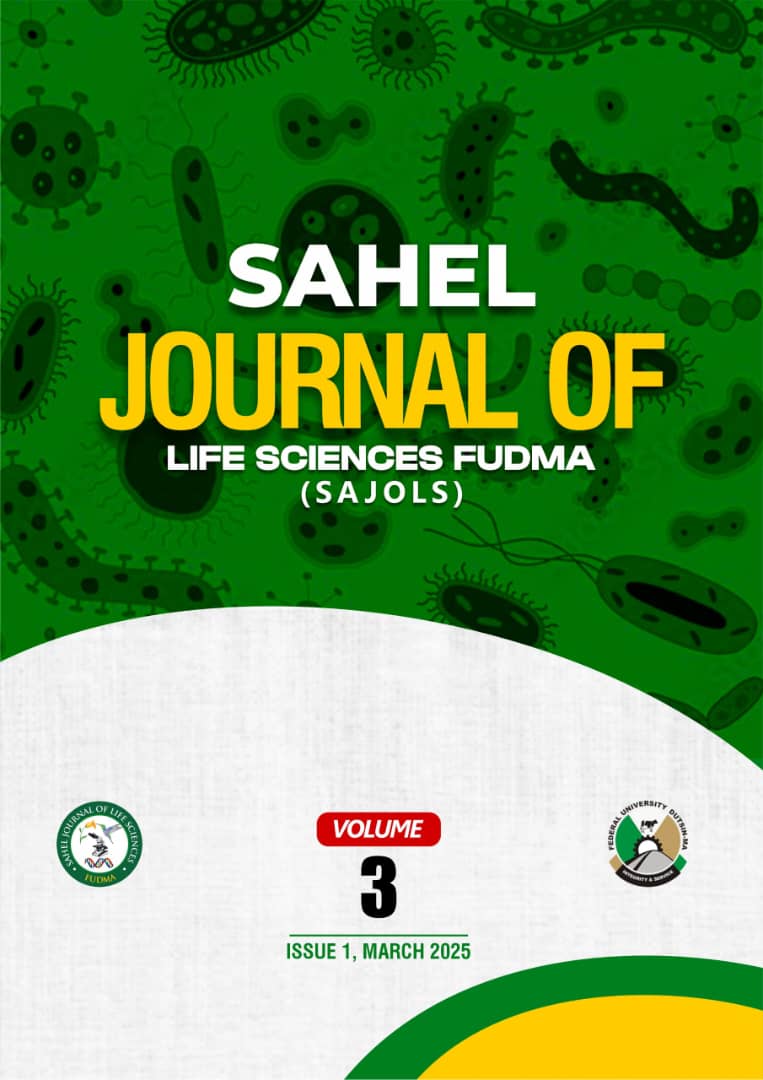Vaginal Bacterial Isolation and Antimicrobial Susceptibility Patterns from Non-Pregnant Sahel Goats
DOI:
https://doi.org/10.33003/sajols-2025-0301-36Keywords:
Antibiotics; Bacteria; Sahel goat; Susceptibility; VaginaAbstract
Antimicrobial resistance (AMR) poses a significant global health challenge. The emergence of AMR is particularly disturbing as it can have far-reaching consequences for animal health, human health, and the environment. This study investigated the occurrence of vaginal bacteria and their antimicrobial susceptibility patterns amongst non-pregnant Sahel goats. Sahel goats are a distinct population found in the Sahel region of Africa. Vaginal samples from 25 goats were examined. Fifteen (15) out of 25 samples (60%) had bacterial growth, which yielded Sixty-four (64) bacterial isolates. The isolates comprised 35 Gram-positive bacteria (54.7%) and 29 Gram-negative bacteria (45.3%). Antimicrobial susceptibility testing revealed alarming resistance among Gram-negative bacteria, particularly E.coli, which exhibited 68.8% resistance to Nitrofurantoin, 75% resistance to Ceftriaxone, and 81.3% resistance to Oxacillin. Conversely, Gram-positive bacteria, primarily Staphylococcus aureus, showed high susceptibility to Vancomycin (80%). The findings of this study underscore the urgent need for action to mitigate the rise of AMR in veterinary settings. Implementing judicious antibiotic use and targeted interventions is critical to safeguarding animal health, protecting human health, and preserving the environment.


